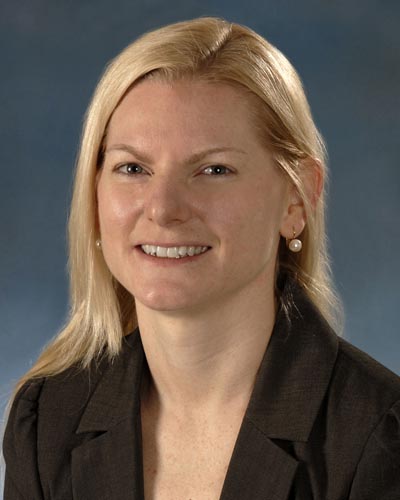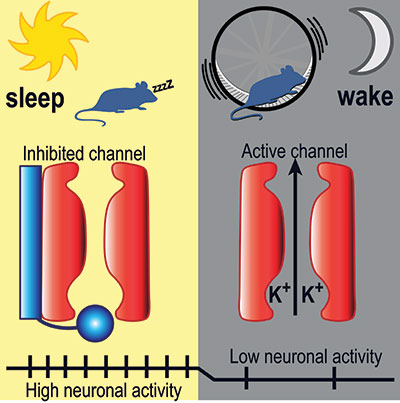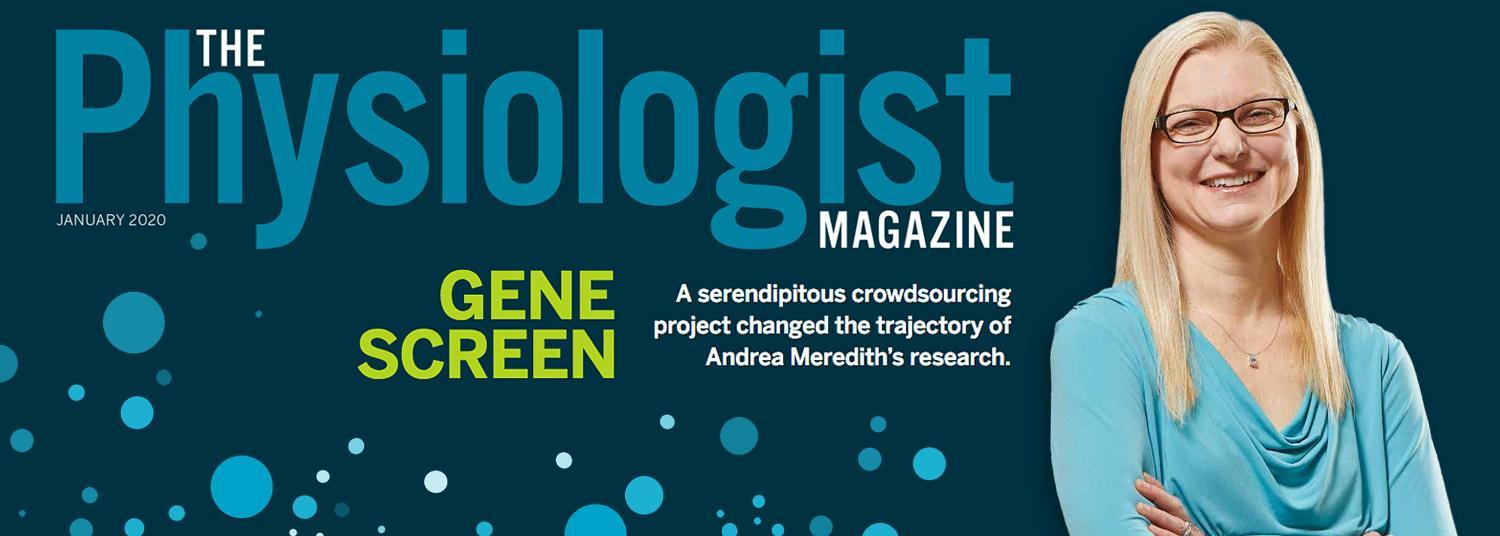January 15, 2020
Dr. Meredith’s Research into the KCNMA1 Gene Mutation is an Important Step in Understanding this Disorder
One night just before bed in August 2018, Andrea Meredith, PhD, was reading the New York Times Magazine on her iPad when she came across an article about a six-year-old girl in South Dakota named Kamiyah who had a mysterious disorder. Over 300 times a day, the little girl would fall or slump forward, with large portions of her body paralyzed. An episode would last anywhere from three to 20 seconds. Then, suddenly, she would pop back up and resume whatever she was doing. The article mentioned that Kamiyah had paroxysmal dyskinesia, a type of movement disorder. But the cause was unknown.
The symptoms began to sound eerily familiar to Meredith: She realized the article could be describing the gene and ion channel her lab was focused on every day. “I turned to my husband and sort of said it for the record: ‘Hey, Jim. This looks like a BK channel mutation, but they don’t name the gene. It’s torturous.’”
READ MORE >>
Contact
Office of Public Affairs
655 West Baltimore Street
Bressler Research Building 14-002
Baltimore, Maryland 21201-1559
Contact Media Relations
(410) 706-5260
Related stories

Wednesday, February 02, 2022
ADHD Medicine May Treat Symptoms of Genetic Movement Disorder in Children, University of Maryland School of Medicine Study Finds
Using a common attention deficit hyperactivity disorder (ADHD) medication appears to help manage the symptoms of a rare and currently difficult to treat genetic movement disorder primarily found in children, according to a new study from a University of Maryland School of Medicine (UMSOM) researcher Andrea Meredith, PhD, and her collaborators.

Thursday, April 14, 2016
UM SOM Research Illuminates Key Aspects of How We Fall Asleep and Wake Up
Falling asleep and waking up are key transitions in everyone’s day. Millions of people have trouble with these transitions – they find it hard to fall asleep or stay asleep at night, and hard to stay awake during the day. Despite decades of research, how these transitions work – the neurobiological mechanics of our circadian rhythm – has remained largely a mystery to brain scientists.

